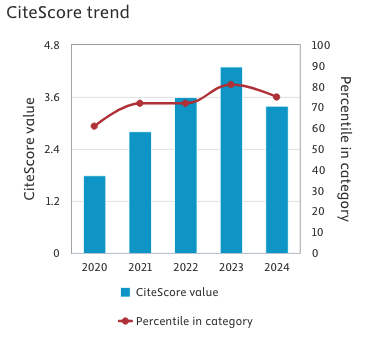Bronchoalveolar lavage with diluited surfactant in children with severe ARDS
Keywords:
ARDS, pulmonary surfactant, bronchoalveolar lavages, childAbstract
Acute respiratory distress syndrome (ARDS) is characterised by damage to the arteriolar-capillary endothelium and alveolar epithelium that leads to surfactant deficiency and atelectasis. Alveolar collapse and pulmonary oedema will further induce surfactant inactivation. Surfactant supplementation has been suggested but the treatment is unpredictable. Poor response may be due to inhibition of administered surfactant by plasma components filling the alveolar space, severity of lung injury, time of surfactant application and inadequate dose.We reported the course of gas exchange and pulmonary mechanics after instillation of surfactant in 14 children (3 months-7 years) with severe ARDS, defined as an OI > 30 and a PaO2/FiO2 <150. We use a diluted concentration of Curosurf (8 mg/ml) divided in 4 aliquots for a total dose of 25 mg/kg. An additional aliquot was use as bronchoalveolar lavage (BAL) before surfactant treatment. All children showed a dramatic response to surfactant with a rapid and progressive increase in compliance and all respiratory mechanics. Mechanical ventilation set was rapidly reduced and gas exchange improved with a PaO2/FiO2 >200 for more than 12 hours. Diluited surfactant lungs lavages were able to increase blood gas exchange in all our patients despite a previous severe gas exchange impairement.Downloads
Published
Issue
Section
License
This is an Open Access article distributed under the terms of the Creative Commons Attribution License (https://creativecommons.org/licenses/by-nc/4.0) which permits unrestricted use, distribution, and reproduction in any medium, provided the original work is properly cited.
Transfer of Copyright and Permission to Reproduce Parts of Published Papers.
Authors retain the copyright for their published work. No formal permission will be required to reproduce parts (tables or illustrations) of published papers, provided the source is quoted appropriately and reproduction has no commercial intent. Reproductions with commercial intent will require written permission and payment of royalties.



